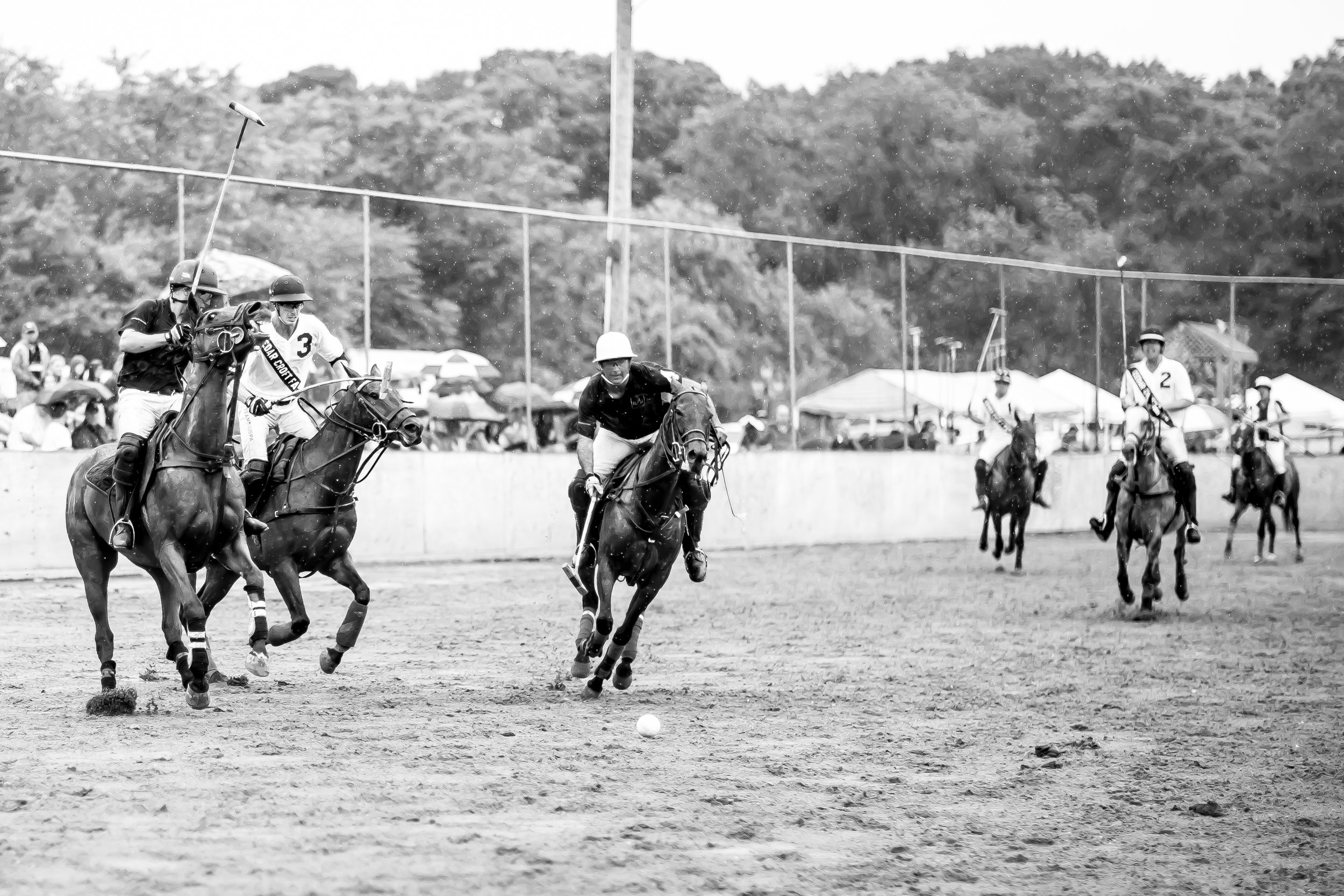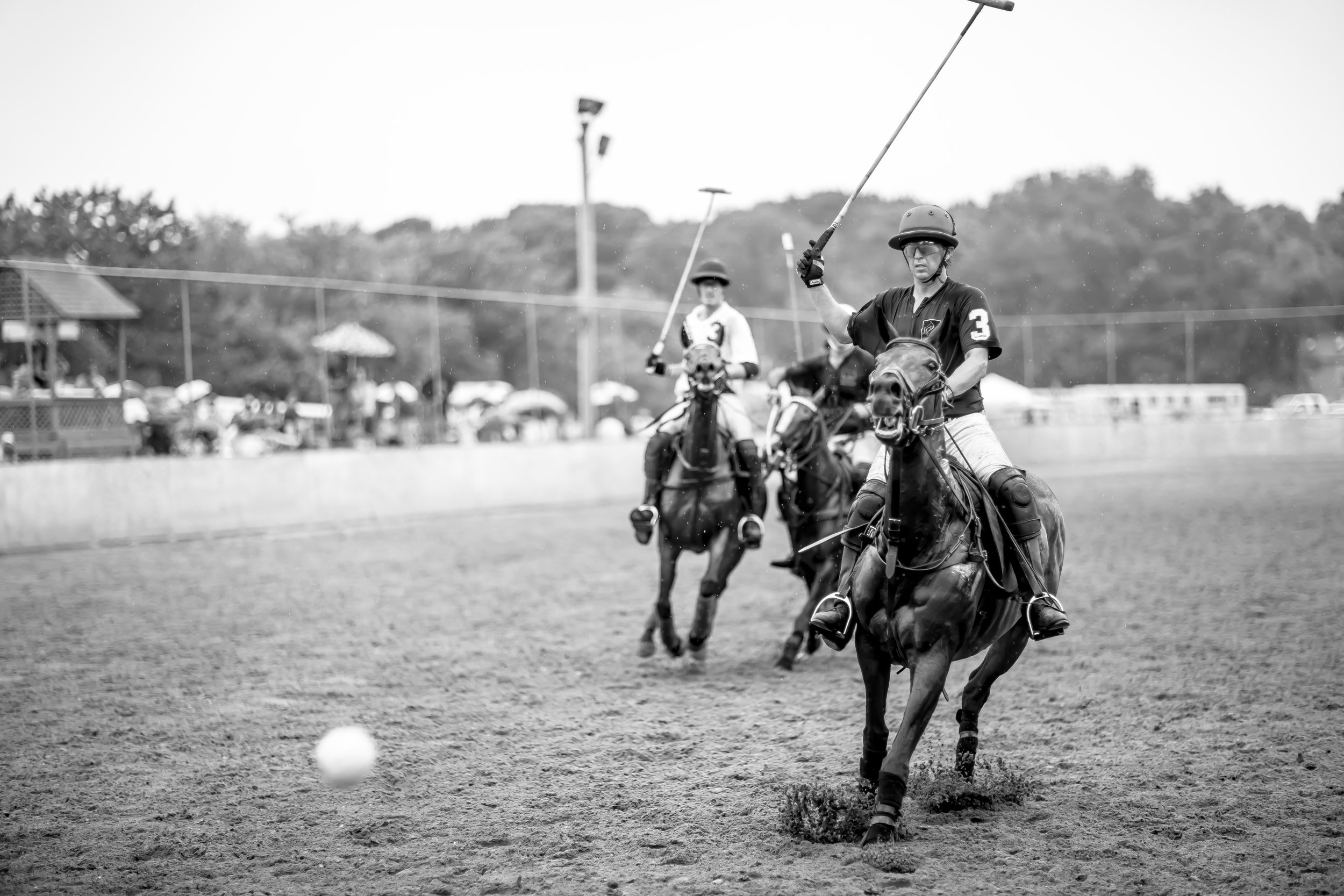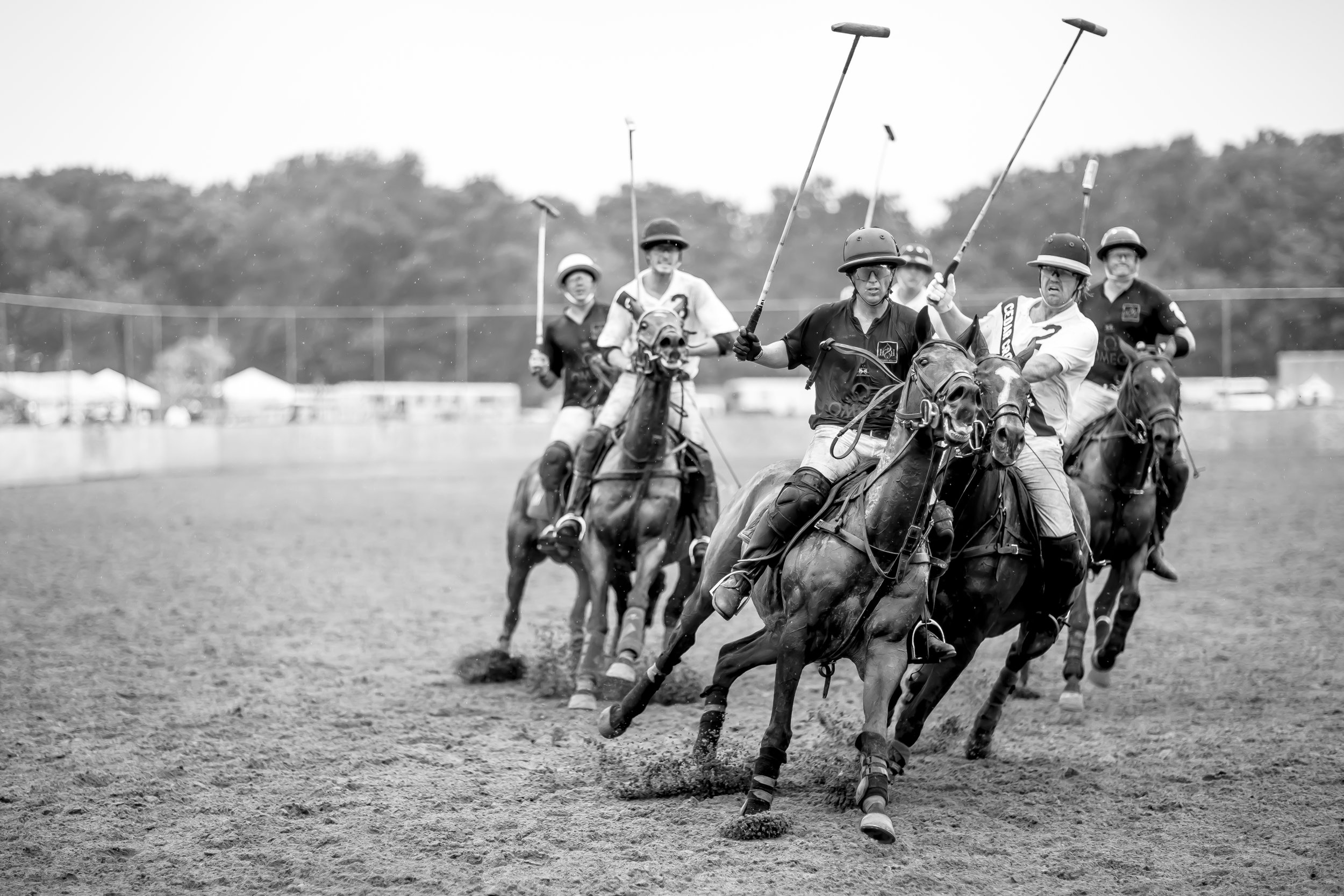





This piece was first published In Bazaar Magazine in 2010 in Kuwait.
Titled: Pilgrimage to Black Waters of Krishna
Cycles of Earth: rock and sea; from ice to water—from water to rain. In the lower Himalayas, stupendous peaks called the Banderpooch slope down to the Yamunotri Glacier. Dripping continuously it feeds the largest Tributary River of the Ganges in India.
Cycles of life: people tied to the land that gives and takes. The river feeds the spirits and takes their sins and carcasses downriver to moksha (liberation). They are washed away with petals, colorful peace offerings of magenta and luminescent yellows. The Prayers of the pilgrims and the Sadhu (mystics and sorcerers) flow softly south. It is on these banks of the river Yamuna in Mathura where many come, pray, bathe, drink—tempt fate.
The city of Mathura is In the Trans-Yamuna region of Braj in Utter Pradesh. Like Bethlehem to Christians and the holy water from the Jordan, like Mecca and the sacred Kaaba stone to Muslims, is Mathura to Hindus. A Doab, a tongue of land caught in the middle of the “twins”, the Ganges and Yamuna, is a sacred place of prayer and pilgrimage to their god, Krishna (in Sanskrit Krishna means black).
Krishna, an avatar for many, a deity for some, and the “supreme being” to others, was born in Mathura, and on the Ghats of Mathura he rested after killing King Kansa. It is at these Ghats, steps to the theetham (holy water), that believers come to cleanse, washing away the unholy with the slow black current.
I am Christian but I became a pilgrim as well. An Ibn Battuta, the traveler going east to find knowledge and wisdom. I flew into Mumbai on an early morning and only had one day before my sleeper train left for Agra. CST Train station, Asia’s largest train station, touts slice off and feed on the venison and veal of the young and unsuspecting tourists. Large machine guns stand at the front of soldiers surveying each pedestrian. Trains arrived from the countries’ stark and densely populated distances. I boarded and we soon trudged along stalking the distance, swaying on thick metal vines leading northeast.
Through panes of glass on the Punjab Mail-In open dry fields lay smooth silken mounds of grain sifted from a funnel, perfect golden piles of finely uniformed flakes shimmering light like a beacon showed the conductor the way to Mathura. Flowing like cool waters through my Retina, impressionistically painted scenes we wobbled along- click, click, click. Straw and mud huts (mills) to keep last season’s harvest stood in fields of light greens, browns, and gold. Streams, tangents from the Yamuna, slashed through the heat while tiny figures swam in toxic waters. Click, click, click. Land was transformed from kneaded clay by the hands’ of Vishnu into violent waves of dirt beyond the bleak prairies-Trans-sub-continental. 24 hours passed-click, click, click.
Mathura is not a large city but once you have reached the heart of town you come upon several temples dedicated to the blue god. Architecture carved from stones sit in whites, blues, and oranges. Large, dark and deep halls-dirty tiled floors covered with pilgrims sprawled out asleep in the heat. Cows, revered as holy, walk freely down the streets. There are few smiles to be found as I walked on the city’s dirt paths to make my way to the river. Droves of people sat lethargically, watching and waiting, patiently for the sun to lose its light on the holy Himalayan water.
Some like the Sadhu, have given up- let go of a lifestyle and consumer obsessions afflicted on modern age-dedicated through meditation, yoga, and renunciation. It is a lifelong choice to live a life of poverty. There is not a seminar or a weekend retreat in a forest or the mountains. There are no books to study or movies to watch for tutorials. They spend years with a Guru before being ready to go off on their own. Spending most of their time in meditation they have no jobs and survive on natural resources and bhiksha (alms) provided by others’ generosity. The Sadhu renounce everything, some live in caves, forests, or temples and some walk with an arm straight up for long periods of time-Ritualistic behavior to reach a point of moksha-liberation from conforming to societies advertisements. Most sit on the ground or walk with umbrellas down twisting alleys. Cloaked in sheets of fabric often in shades of ochre they smoke herbs and meditate. Some paint their foreheads and other parts of their body are covered in ash. Most women’s hands and ankles are covered in tattoos. Using a wooden chisel or comb, the artist taps the tool to break the skin, injecting black pigments into the wound of the dermis for decoration. Pierced noses with large decorative gold pieces jolt out from the skin-body modification in the name of fashion and religion.
Like the journey of the waters from the Yamunotri Glacier in the Himalayas is the path of the pilgrims. Life revolving around itself-rock, ice, water, and grain- the River Yamuna will always carry mystical stories of Krishna- and the city of Mathura will sit on its banks and filter the stories of the Sadhu, the sorcerers, and each traveler that flows through it. Lanterns twinkle on black waters, peace offerings in magenta and luminescent yellows.